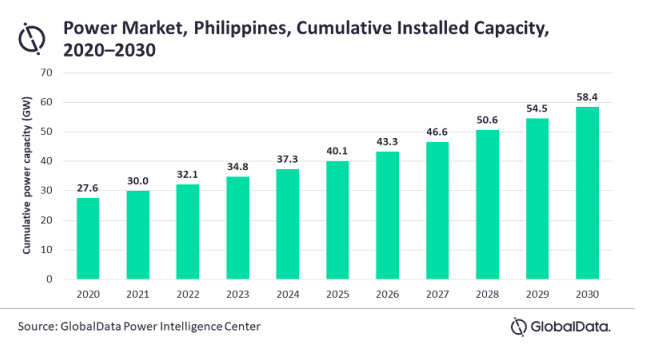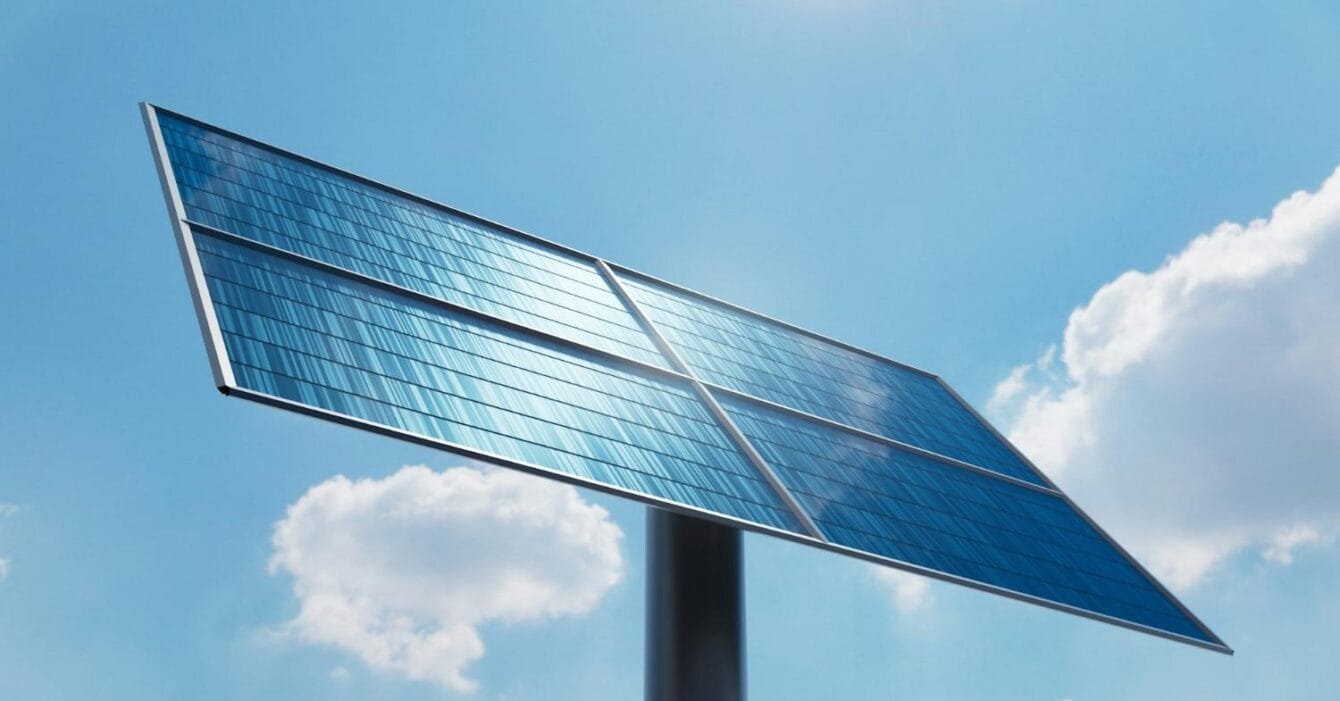The Philippines is moving toward a cleaner, more affordable energy future. Coal-fired power generation declined by 5.5% year-on-year in the first half of 2025, while renewable energy sources, especially solar, rapidly expanded their capacity. This shift in Philippines Solar Power Drop marks the beginning of a structural change in the country’s power market, with the potential to lower electricity costs significantly in the coming years.
Solar Capacity Set to More Than Double

The Philippine solar market is on track for remarkable growth. Installed capacity is expected to more than double, reaching around 3,000 MW by 2025. This expansion is fueled by a combination of falling technology costs, supportive government policies, and improved access to financing.
Residential solar installation costs are projected to fall to ₱30,000-₱40,000 per kW by 2025. This makes rooftop solar more affordable for households and small businesses, accelerating adoption across both urban and rural areas.
Philippines Solar Power Drop: Lower Costs Mean Lower Electricity Prices
One of the most significant impacts of this solar expansion will be on wholesale electricity prices. As renewable energy takes a bigger share of the energy mix, prices in the Wholesale Electricity Spot Market (WESM) are already trending toward their lowest levels since the COVID-19 pandemic.
If current trends continue, analysts suggest the Philippines could see electricity prices drop by up to 24% by 2029. This would be a major relief for both consumers and industries, especially given the country’s high electricity rates compared to its Southeast Asian neighbors.
Why Philippines Solar Power Drop & Renewables Are Key to Price Stability
The Philippines’ power demand is projected to grow by 5% annually over the next decade. With coal plants gradually being phased out, new capacity will come from liquefied natural gas (LNG) and renewables. While LNG can help fill immediate gaps, it is sensitive to global fuel price volatility.
Read Also: Can Philippines Offshore Wind Energy Save the Grid?
Solar power, on the other hand, offers price stability. Once panels are installed, the ongoing costs are minimal compared to fossil fuels, making solar an effective hedge against market fluctuations.
Financing and Technology Driving Growth
Advances in solar technology have improved panel efficiency and lifespan, lowering the overall cost of electricity generation. Meanwhile, financing options such as green bonds and renewable energy investment funds are giving both private and public developers more opportunities to scale projects quickly.
These funding channels are critical for meeting renewable energy targets and ensuring that price reductions are passed on to end users.
Government Support Matters for Philippines Solar Power Drop
The Philippine government has introduced incentives for solar adoption, including net metering programs and renewable energy development zones. These policies encourage investment in both small-scale and utility-scale solar projects, making it easier for the country to meet its energy needs without relying on costly fuel imports.
Philippines Solar Power Drop: The Road to 2029
If solar capacity continues to grow and cost reductions hold, the Philippines is well-positioned to achieve meaningful electricity price cuts by 2029. The combination of falling installation costs, favorable policy, and steady demand growth creates a strong foundation for sustainable energy affordability.
Venturing into a new market, especially one as vibrant and promising as the Philippines, is a significant endeavor. Businesses must craft a comprehensive strategy to address the unique Philippines Solar Power Drop challenges. Market Research Philippines, with 40 years of experience, offers tailored Market Entry Strategy services to help companies navigate the intricacies of establishing a presence in the country. From managing risks and gaining market insights to optimizing resources and accelerating market penetration, our strategies provide the foundation for long-term success.

